Feeding cucumbers with horse manure
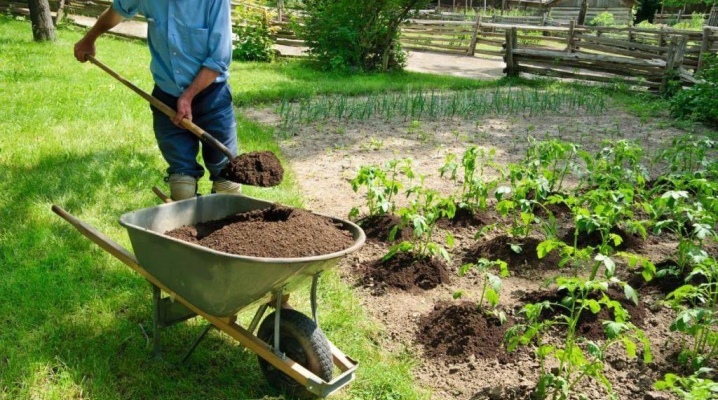
It is almost impossible to achieve a good harvest of cucumbers without the introduction of fertilizers during the growing season. A worthy substitute for mineral-based preparations can be the use of manure and other types of organic matter. But for their correct use, you need to know which manure is more effective to fertilize cucumbers, and how to use it.

Peculiarities
Cucumbers of all varieties respond well to the introduction of organic matter, including horse waste. This type of feeding has a number of advantages:
-
relatively cheap substance (for many farmers and the most accessible);
-
does not cause difficulties in use;
-
for fertilization, you can do without the use of technology;
-
promotes more efficient assimilation of fertilizers by plants;
-
does not leave toxic decomposition products in the soil.
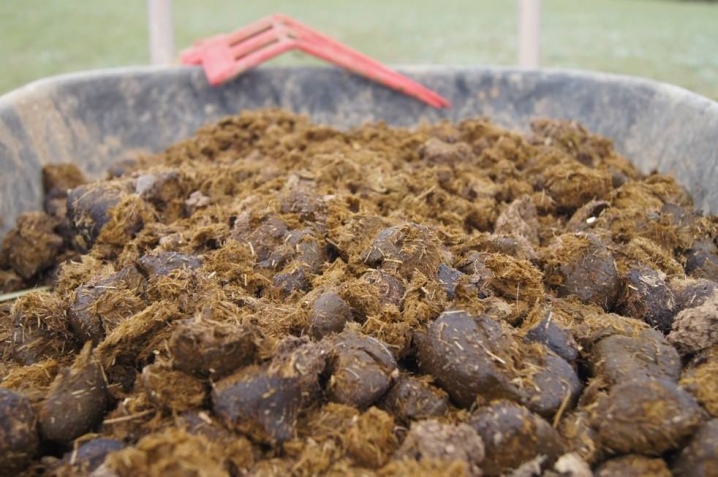
Horse manure is convenient for feeding cucumbers in greenhouses and in the open field. The biosubstrate is full of useful elements necessary for the proper ripening of the vegetable. Horse manure warms up the soil and improves its composition. And also it is very useful in the garden, due to the fact that it quickly decomposes. Horse dung is superior to cow dung in terms of heating and retaining heat.
Regular introduction of horse humus into the soil helps to improve its structural properties, makes it friable and normalizes the oxygen-water balance. Due to the intense decay, horse manure is more active in releasing useful substances than other species. According to its chemical composition, the extract of horse manure can be determined as the richest. It is often used to create a thermal cushion for plants.

It should be remembered that fresh manure is unsuitable for feeding, as it can burn the root system and deciduous part. An infusion is prepared from a fresh substrate for further watering and spraying.
In addition, in its original form, it is suitable only in the fall in the form of an additive when digging up the earth. Since fresh excrement contains a lot of weed seeds, spreading it over the area can lead to overgrowth of weeds.
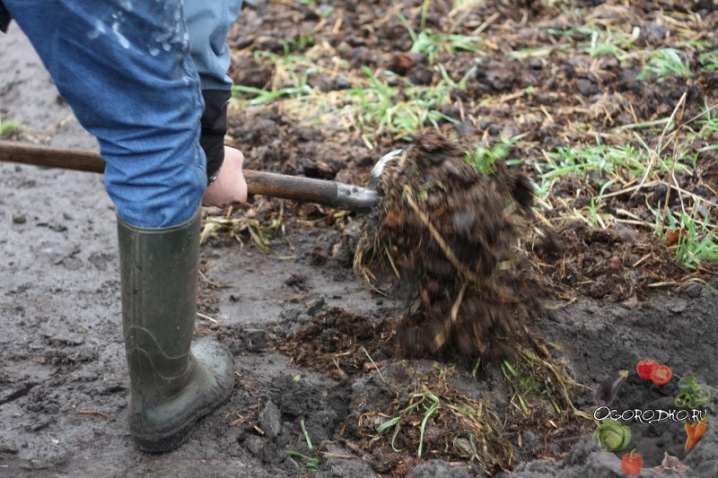
Types of horse manure
Useful organics come in several forms. For each there is a specific recipe and application.
Fresh
The material is collected with fragments of hay, straw and other plant debris. The best time to put manure on the beds is autumn. It is advisable to apply it in a dug area, since spreading manure on plants can damage the roots.
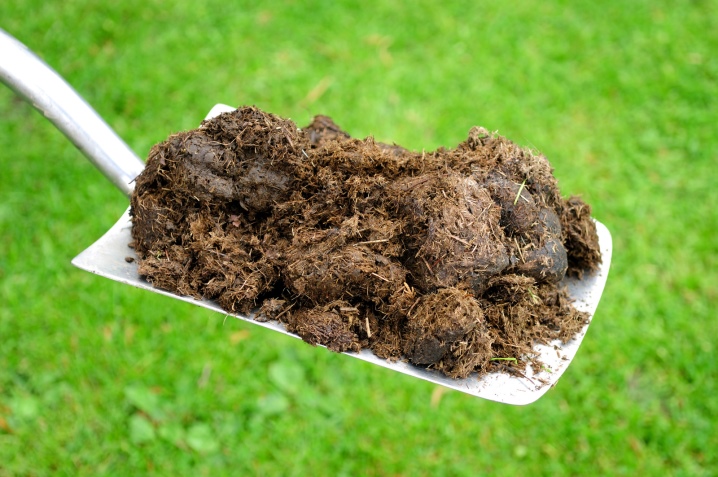
Fertilizer becomes suitable for greenhouses after winter... Until the arrival of spring, organic matter completely decomposes and releases the required amount of nitrogen that feeds the vegetable plantings on the site. It is also worth trying to prepare liquid feed from horse excrement.
Semi-mature
In this state, manure is suitable for feeding the soil before planting a crop. These feces are distinguished by a dark color and the property of being destroyed under the influence of external factors. After application with a two-year prescription, a good harvest of vegetables is obtained on the enriched soil.
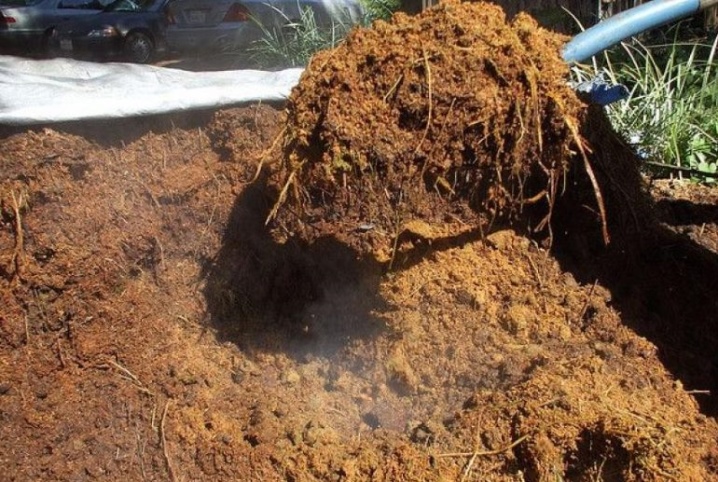
Badly rotted
The substance is almost black in color, optimal for feeding seedlings. The use of rotten organic matter is of particular importance when planting tubers.
It is also used as a planting under the roots of fruit crops, in particular, apple trees.

Humus
This is the name of horse manure at the extreme stage of decomposition. It will take several years to get it. Humus is used to fertilize any plants growing on the site. Concentrated humus in this form, introduced into the soil in sufficient quantities, activates the growth of garden crops and has a positive effect on their taste. Manure in this state is suitable for mulching.
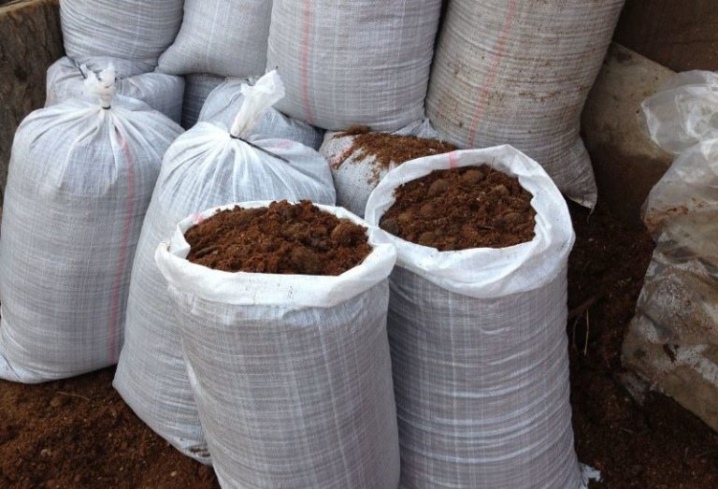
Manure in granules
Not everyone can keep horses, and not even all regions have horse breeders and stables. And not all agronomists like to tinker with natural manure. Therefore, fertilizer in a special form is very popular among summer residents in large cities and on suburban mini-farms. Granular fertilizers are applied during spring planting. The compact format of the feeding makes it suitable for long-term storage and easy transportation.
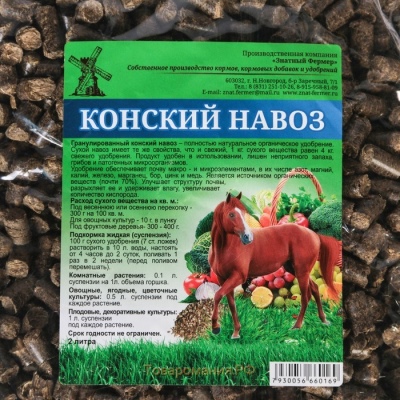
How to dilute?
Fresh horse manure is flavored with cucumber beds in the fall. For 1 m2, an amount of 5.5 kg will be enough. In the spring, when digging up the site, it is advisable to add a portion of rotten manure under the cucumbers. Liquid fertilizer is introduced at the flowering stage and during the formation of ovaries.
Horse manure for cucumber plantings is bred in this way: a bucket of organic matter is placed in a barrel and 5 liters of water are poured. The solution is infused for 2 weeks with periodic stirring of the contents. The finished concentrate is diluted with water at a rate of 1: 10. In liquid form, manure is used only on watered soil. They are shown to fertilize until the fruiting phase for the formation of ovaries.
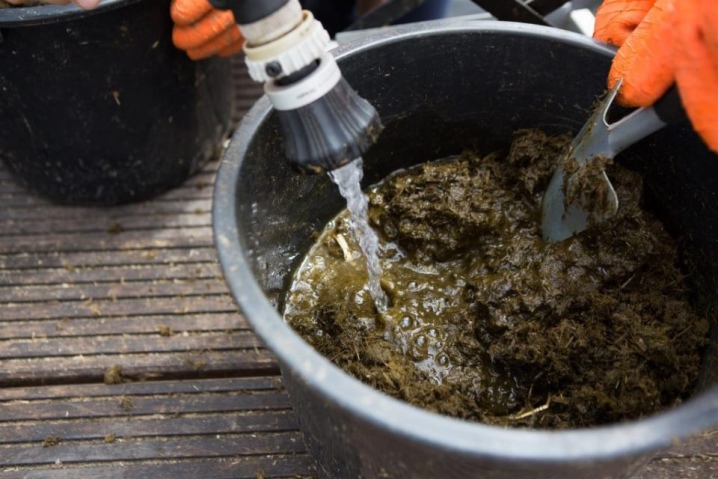
Horse manure is diluted in the amount of 1 liter cans with dry matter per 10 liters of water. The addition of manure solution to the soil leads to an increase in its aeration.
A liquid cucumber fertilizer can also be prepared as follows. In a compost pit or a large plastic container, additional components are collected in the form of straw, fallen leaves, sawdust and potato tops. All this is seasoned with horse dung infusion. Then again spread a layer of compost, alternating with liquefied manure to the edge of the container.
For the whole period of development, the garden bed for cucumbers must be fed at least four times.
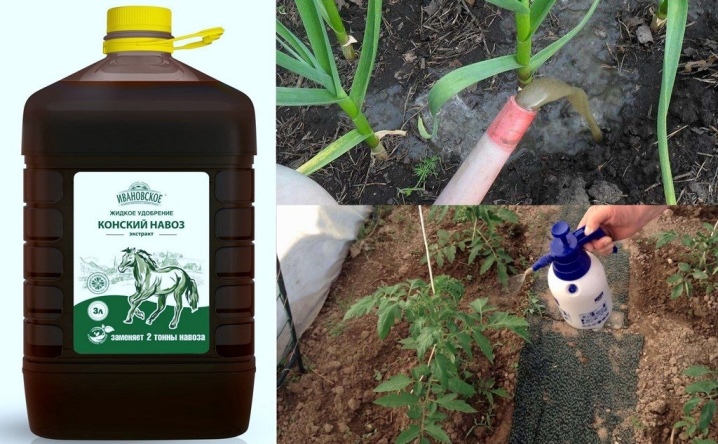
Liquid fertilizer
To prepare the composition, you will need fresh horse feces. They are mixed with water, keeping a ratio of 1: 7. Plants feed on organic matter through the soil, replenishing the lack of nutrients.

In a liquid substrate, the concentration of active substances is higher than in a dry one, therefore, before starting feeding, it is important to study the instructions... Otherwise, liquid manure can be harmful to growing crops.
If the agent is used in granules, before laying them, they must be filled with water and kept at room temperature. After that, they are stirred and poured under the root of the culture.

How can you feed?
As mentioned earlier, fresh manure is used only when processing a vegetable garden in the fall. In the spring, it's time to feed the cucumber beds with rotten horse dung. During the growing season and the formation of ovaries, it is used in liquid form. Horse compost is also well accepted by cucumbers.
To make a bed for cucumbers in a greenhouse, you must first remove the top layer of soil. Then put manure on top of the remaining bed and water it with boiling water for disinfection from pathogenic microorganisms. You need to water abundantly, and pour another layer of soil on top, dig up and level the beds.
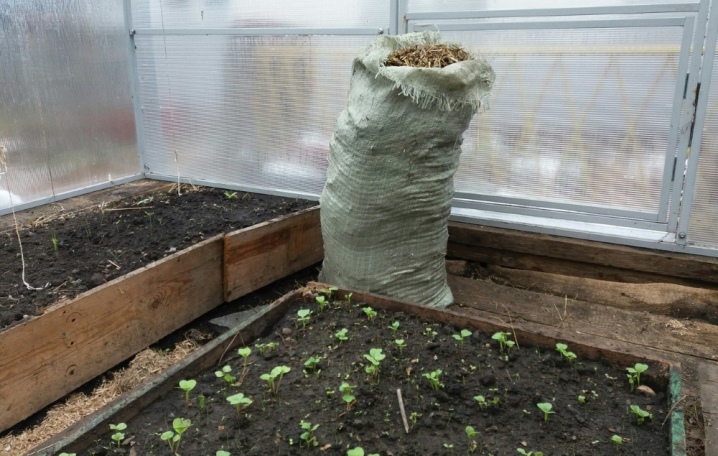
If manure fertilizer is used correctly, the benefits of it will begin to manifest itself soon. But in the first year, you should not count on a tangible increase in the yield. This is due to the actual absence of almost mineral nitrogen in the manure. In the future, the benefits of applying manure will be much more obvious.













The comment was sent successfully.